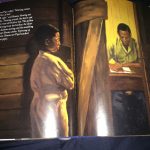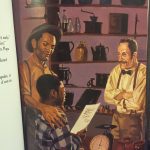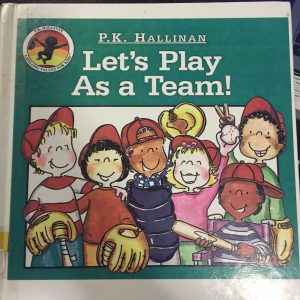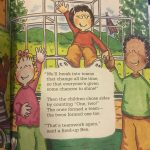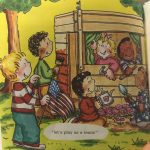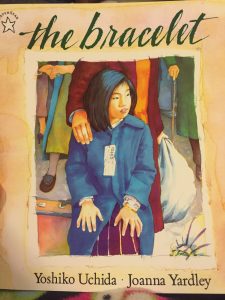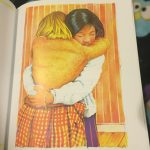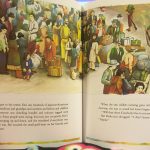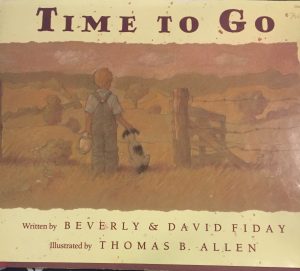 Author(s): Beverly and David Fiday
Author(s): Beverly and David Fiday
Illustrator/Photographer: Thomas B. Allen
Publisher and Year: Gulliver Books and Harcourt Brace Jovanovich in 1990
Number of Pages: 29
Genre: Realistic fiction
Analysis:
This is a story about the day a young boy is moving out of the farm house he has lived in his whole life, and he is going around the farm remembering what everything used to be like. He talks about how the henhouse use to have chicks and now it is empty, and he talks about how he used to ride on the tractor with his father but it now sits still. In the end, the young boy promises that he will one day move back to the farm, but for the time being he has to go.
This book can act as a window for students to learn about the harsh realities of poverty, who may have never lost something due to economic hardships. For some children, this book may give them hope for better days to come, if they too have lost something due to their family’s financial state. This story is also portraying the hardships that farm owners and families have recently been experiencing due to industrialization and the poor economy. The illustrations in this book are a little blurry and have a dark color scheme, which symbolizes the disappointed and gloomy mood of the story. On each page, the illustrator uses the left side of the page as a depiction of the current, bleak, and run-down conditions of the farm and the right side shows how lively and beautiful the farm once was. The main character is a white male, but is often drawn with his back to the reader and if facing front, he has little to no details on his face, which could be the illustrator’s way of trying to make the main character seem like a relatable character. However, if this is the case, then the illustrator is reiterating that the white male is the norm for society.
When first reading and looking through the book, it seems like a sad story about a child moving but there are deeper messages that the reader can take away from this such as accepting a large change or loss. Overall, this story does a great job of explaining loss and poverty to younger kids. I also believe the message of hope and optimism is also apparent, especially at the end of the book, which shows children that they should never give up hope.
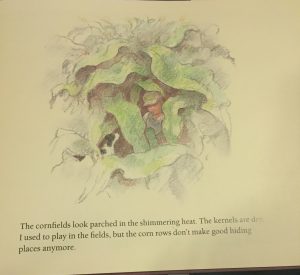

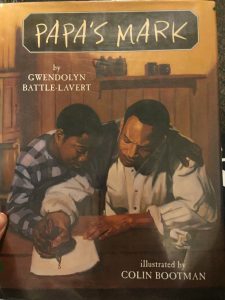 Author(s): Gwendolyn Battle-Lavert
Author(s): Gwendolyn Battle-Lavert